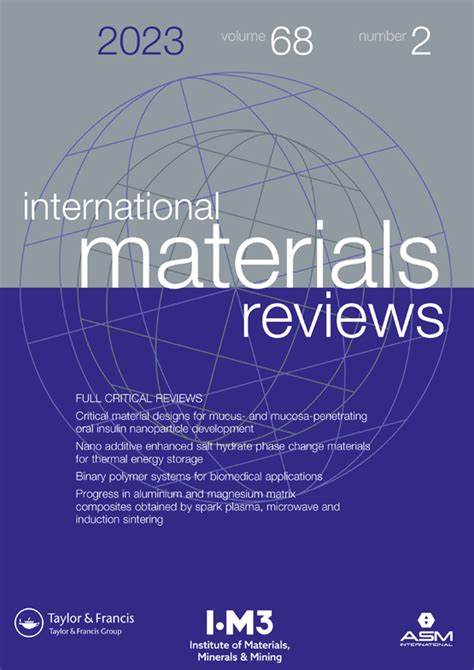Critical material designs for mucus- and mucosa-penetrating oral insulin nanoparticle development
IF 15.5
1区 材料科学
Q1 MATERIALS SCIENCE, MULTIDISCIPLINARY
引用次数: 9
Abstract
ABSTRACT Subcutaneous and pulmonary insulin is associated with medical and pharmaceutical complications. Oral insulin mimics physiological glucose regulation with reduced hypoglycemia and coma risks. Nanoparticles are advocated as oral insulin carrier to overcome intestinal absorption barrier. Their insulin bioavailability and blood glucose lowering performances are hampered by inefficient mucus and mucosa transport of nanoparticles. This review discusses critical materials used in oral insulin nanoparticle design to address mucus and mucosa penetrating hurdles. It highlights intestinal receptor targeting, biomimetic virus mimicking, particulate surface charge switching, coat-core detachment, and combination approaches developed through material sciences. Mucus penetration favors particles with hydrophilic/amphiphilic surfaces with no net charges. Mucosa penetration shows a preponderance for hydrophobic or positively charged surfaces with intestinal receptor binding affinity. Materials with switchable physicochemical properties along with mucus-mucosa transit require research exploration, with consideration of their influences on endocytosis, lysosomal escape, exocytosis, and intestinal receptor upregulation.穿透黏液和粘膜的口服胰岛素纳米颗粒开发的关键材料设计
摘要皮下和肺胰岛素与医疗和药物并发症有关。口服胰岛素模拟生理葡萄糖调节,降低低血糖和昏迷风险。纳米颗粒被提倡作为口服胰岛素载体,以克服肠道吸收障碍。它们的胰岛素生物利用度和降血糖性能受到纳米颗粒低效的粘液和粘膜运输的阻碍。这篇综述讨论了口服胰岛素纳米颗粒设计中用于解决粘液和粘膜穿透障碍的关键材料。它强调了肠道受体靶向、仿生病毒模拟、颗粒表面电荷切换、涂层-核心分离以及通过材料科学开发的组合方法。粘液渗透有利于具有亲水性/两亲性表面且无净电荷的颗粒。粘膜渗透在具有肠受体结合亲和力的疏水性或带正电的表面显示出优势。具有可切换的物理化学性质以及粘液-粘膜转运的材料需要进行研究探索,考虑到它们对内吞作用、溶酶体逃逸、胞吐作用和肠道受体上调的影响。
本文章由计算机程序翻译,如有差异,请以英文原文为准。
求助全文
约1分钟内获得全文
求助全文
来源期刊

International Materials Reviews
工程技术-材料科学:综合
CiteScore
28.50
自引率
0.00%
发文量
21
审稿时长
6 months
期刊介绍:
International Materials Reviews (IMR) is a comprehensive publication that provides in-depth coverage of the current state and advancements in various materials technologies. With contributions from internationally respected experts, IMR offers a thorough analysis of the subject matter. It undergoes rigorous evaluation by committees in the United States and United Kingdom for ensuring the highest quality of content.
Published by Sage on behalf of ASM International and the Institute of Materials, Minerals and Mining (UK), IMR is a valuable resource for professionals in the field. It is available online through Sage's platform, facilitating convenient access to its wealth of information.
Jointly produced by ASM International and the Institute of Materials, Minerals and Mining (UK), IMR focuses on technologies that impact industries dealing with metals, structural ceramics, composite materials, and electronic materials. Its coverage spans from practical applications to theoretical and practical aspects of material extraction, production, fabrication, properties, and behavior.
 求助内容:
求助内容: 应助结果提醒方式:
应助结果提醒方式:


